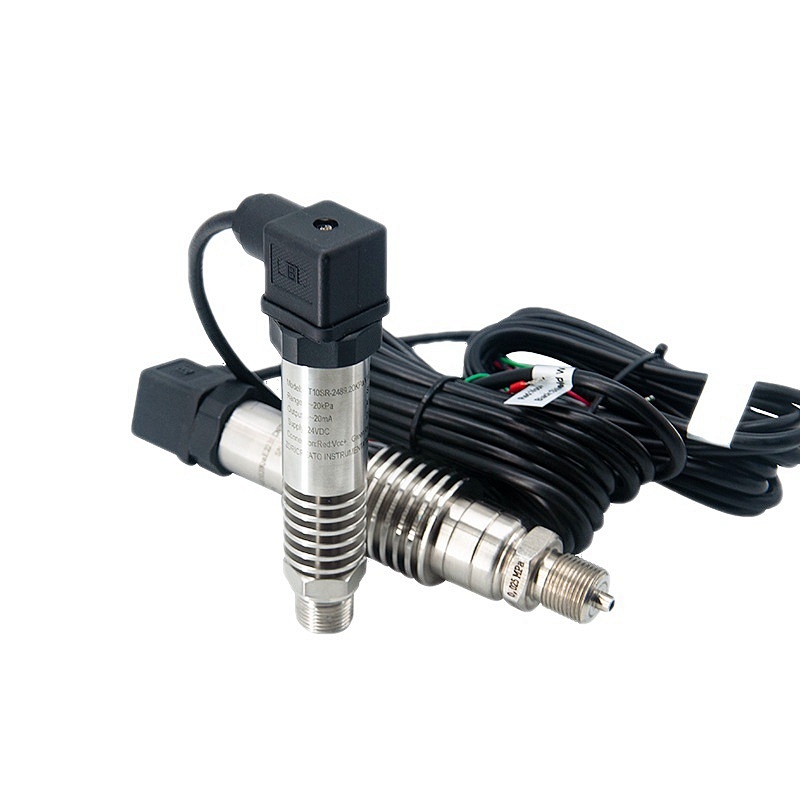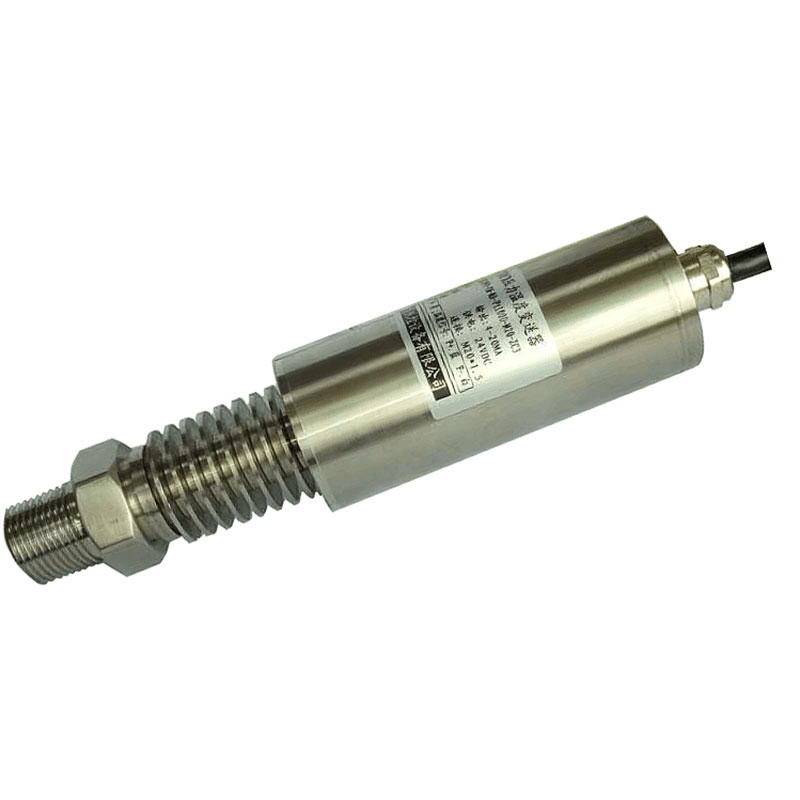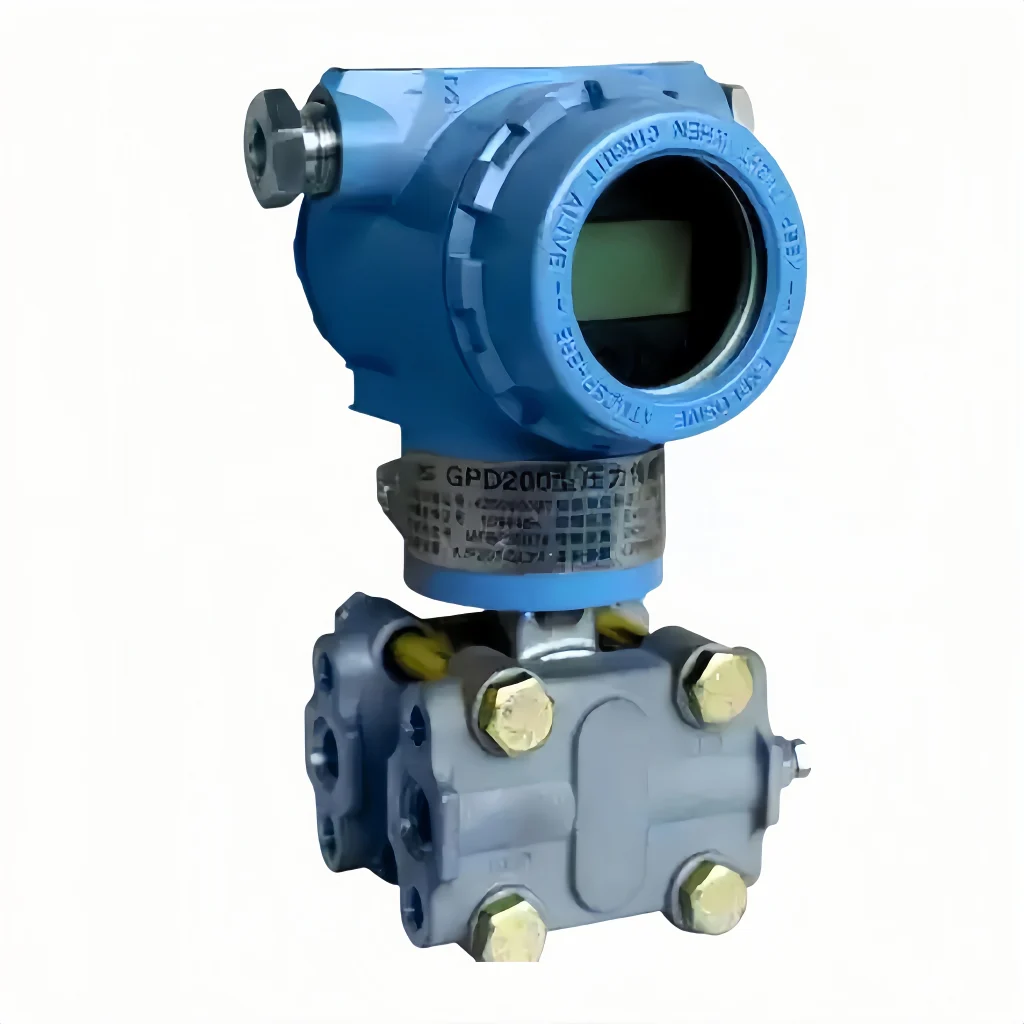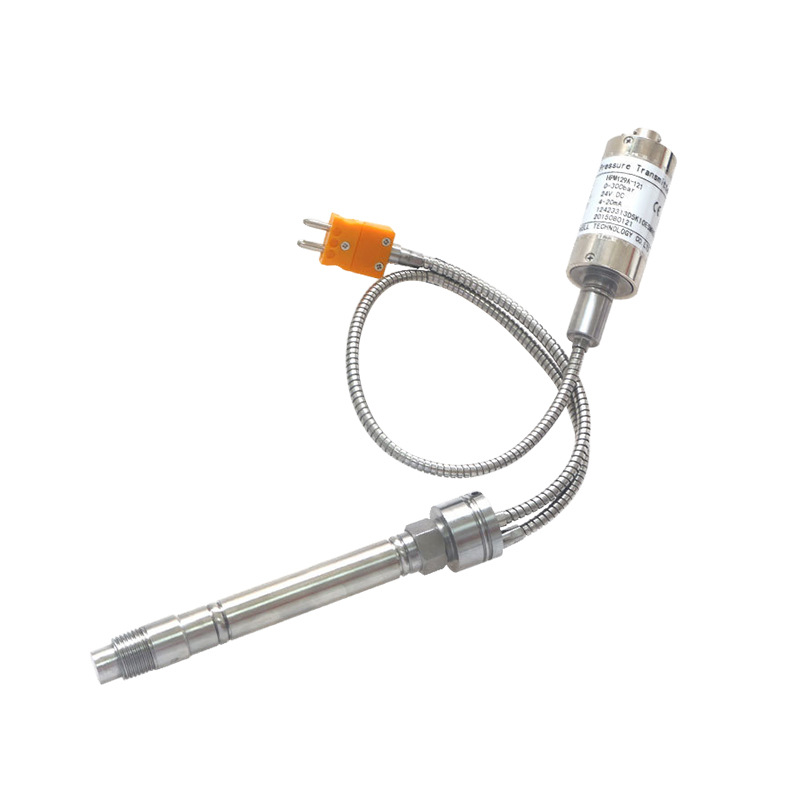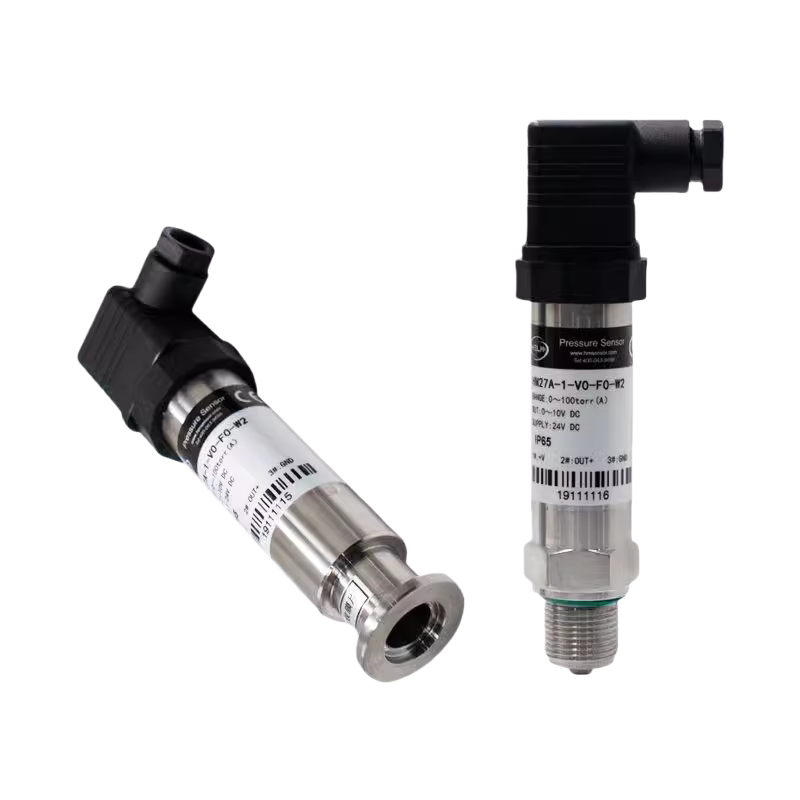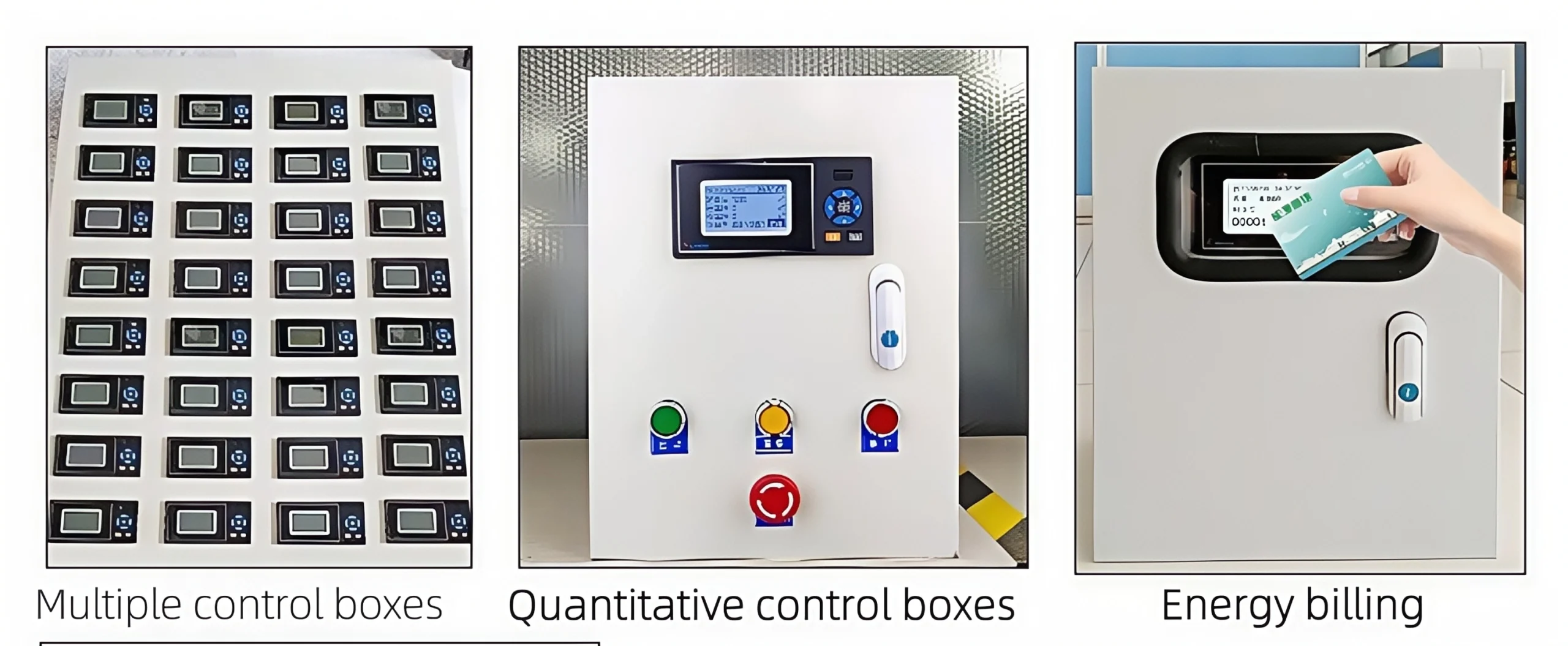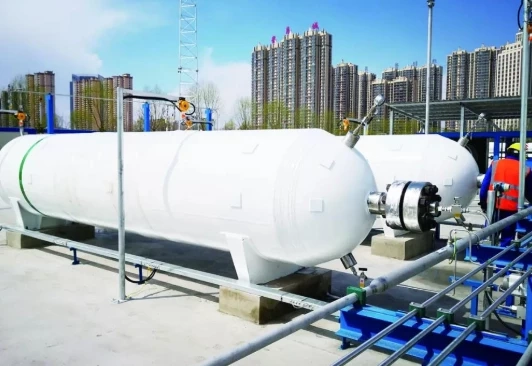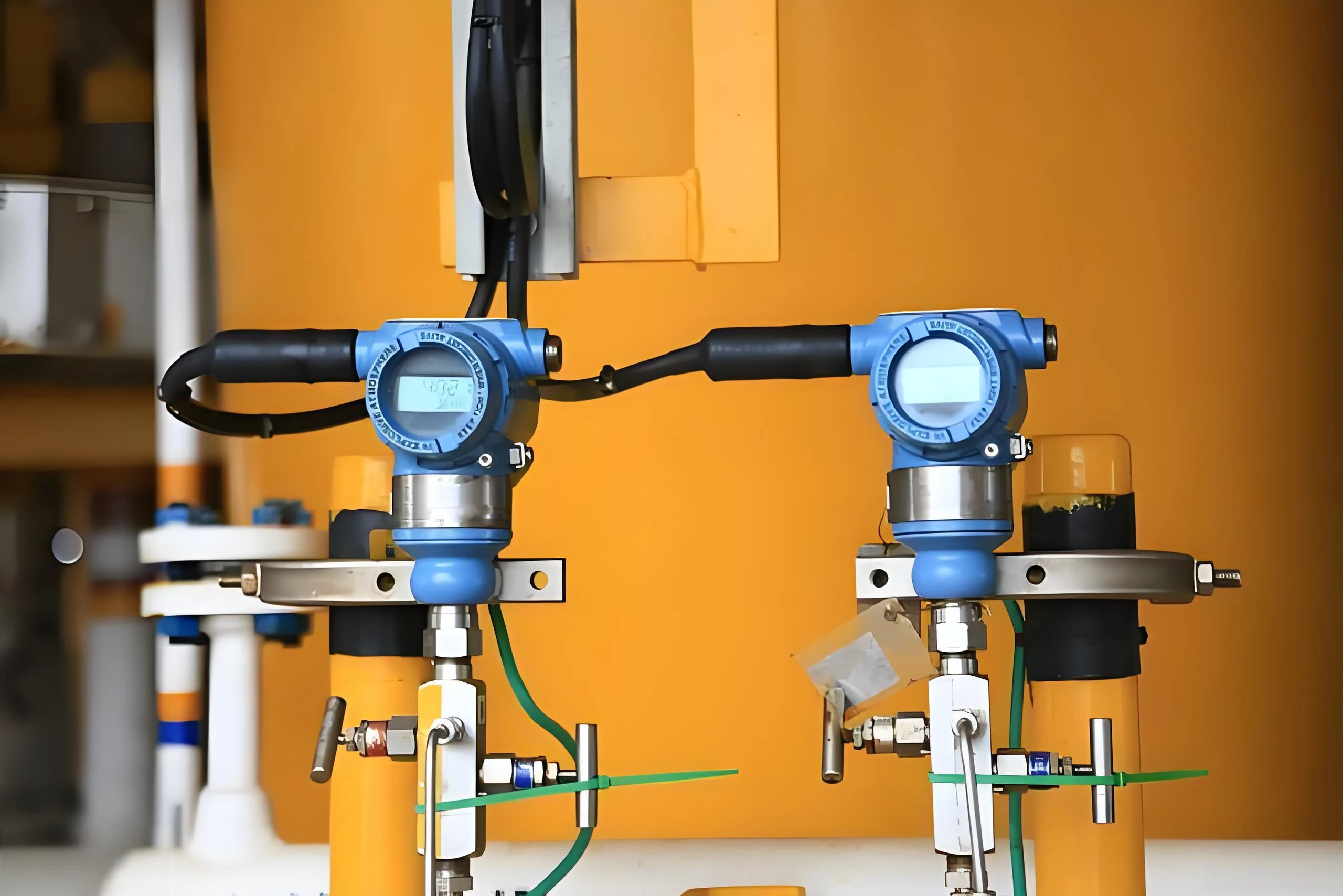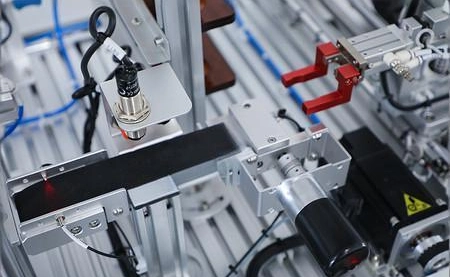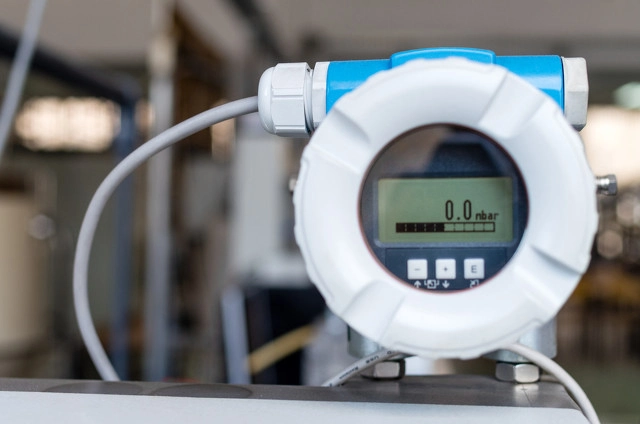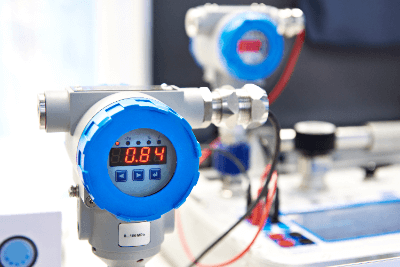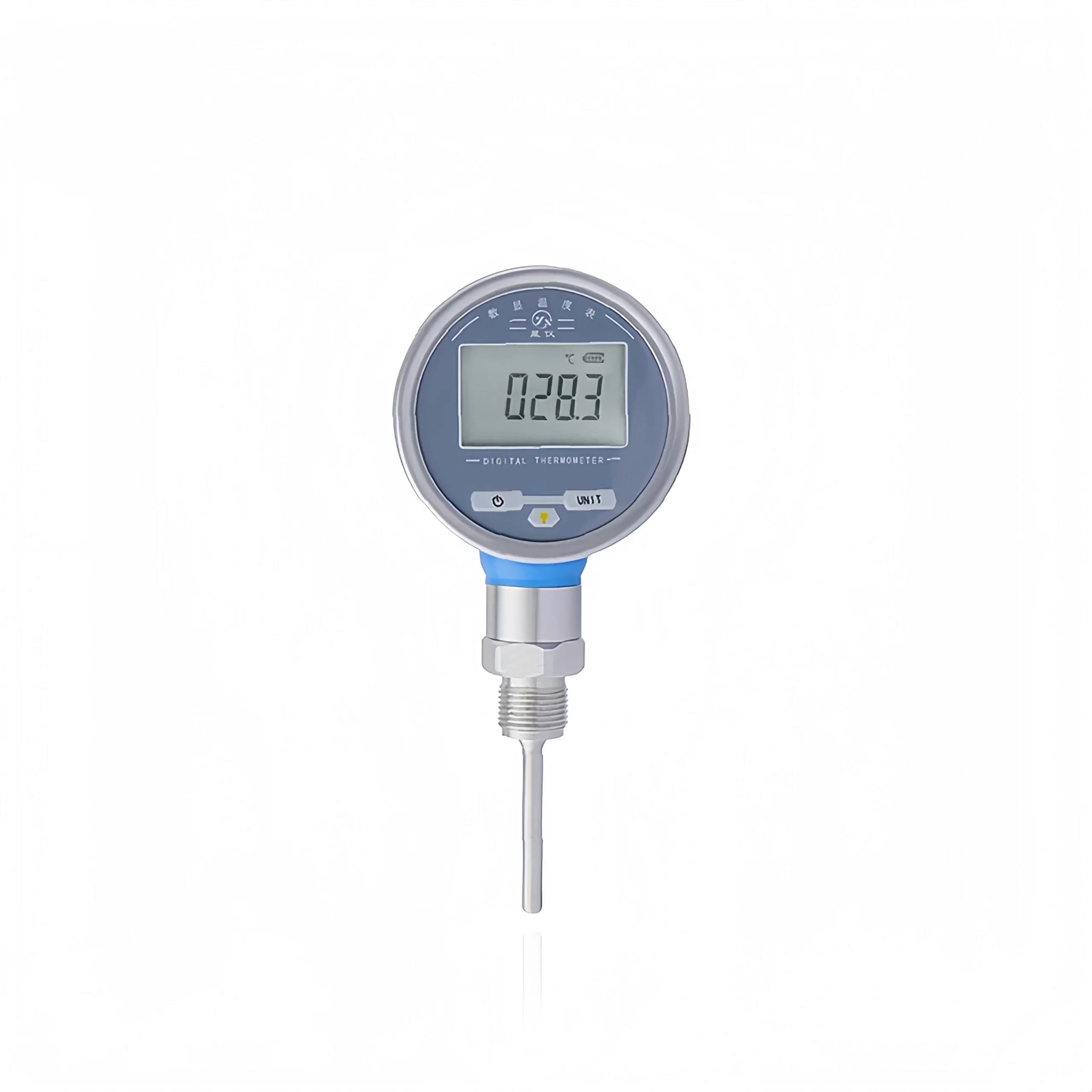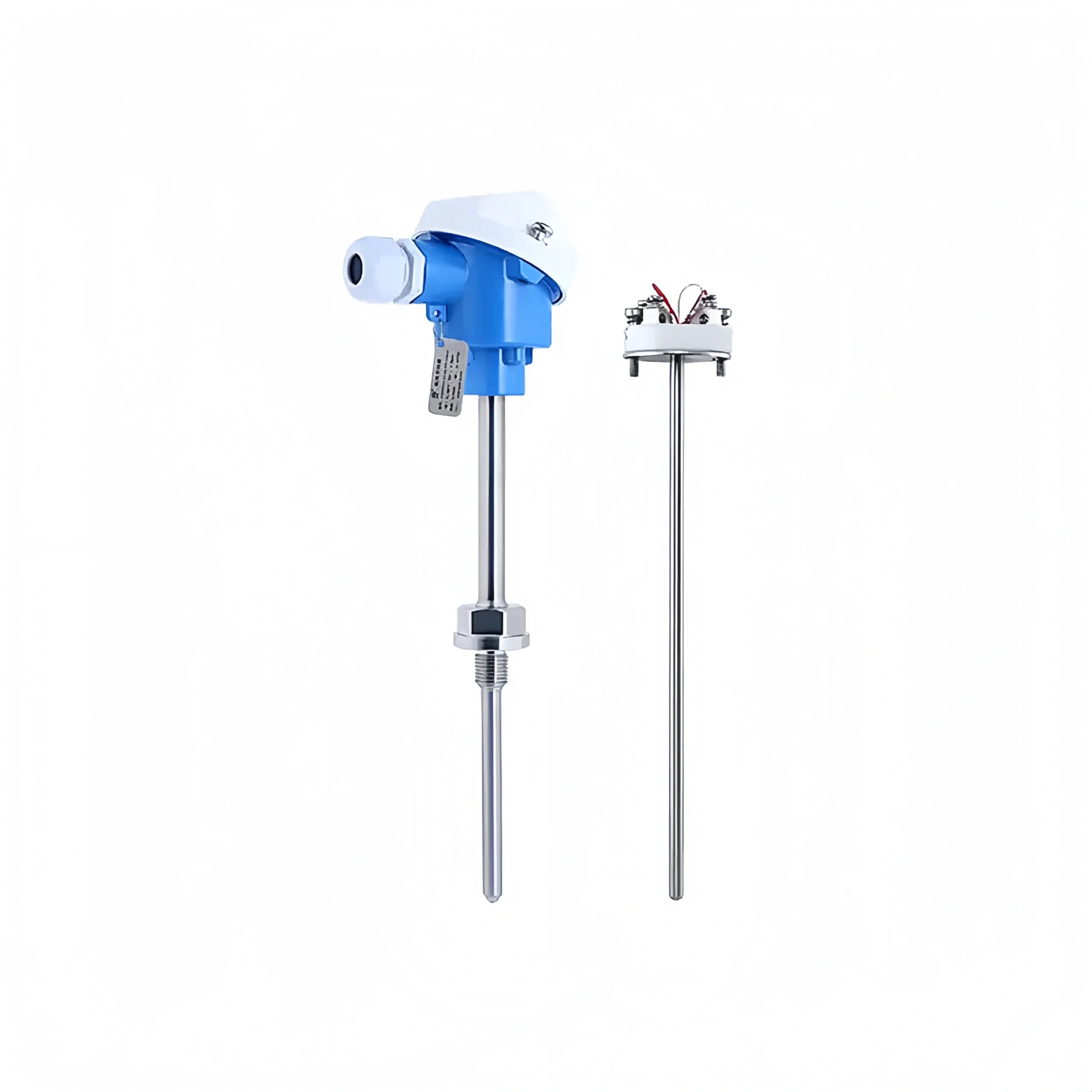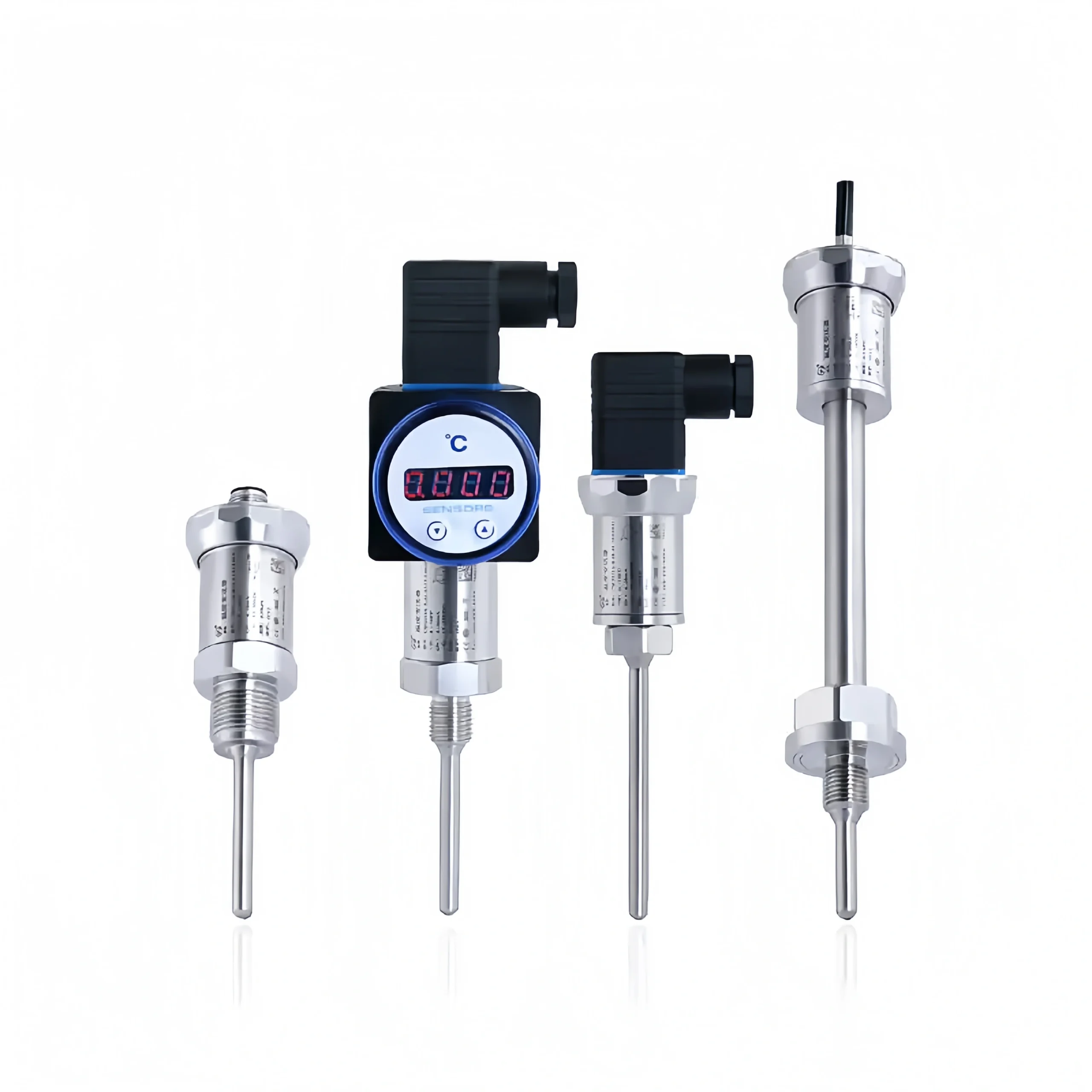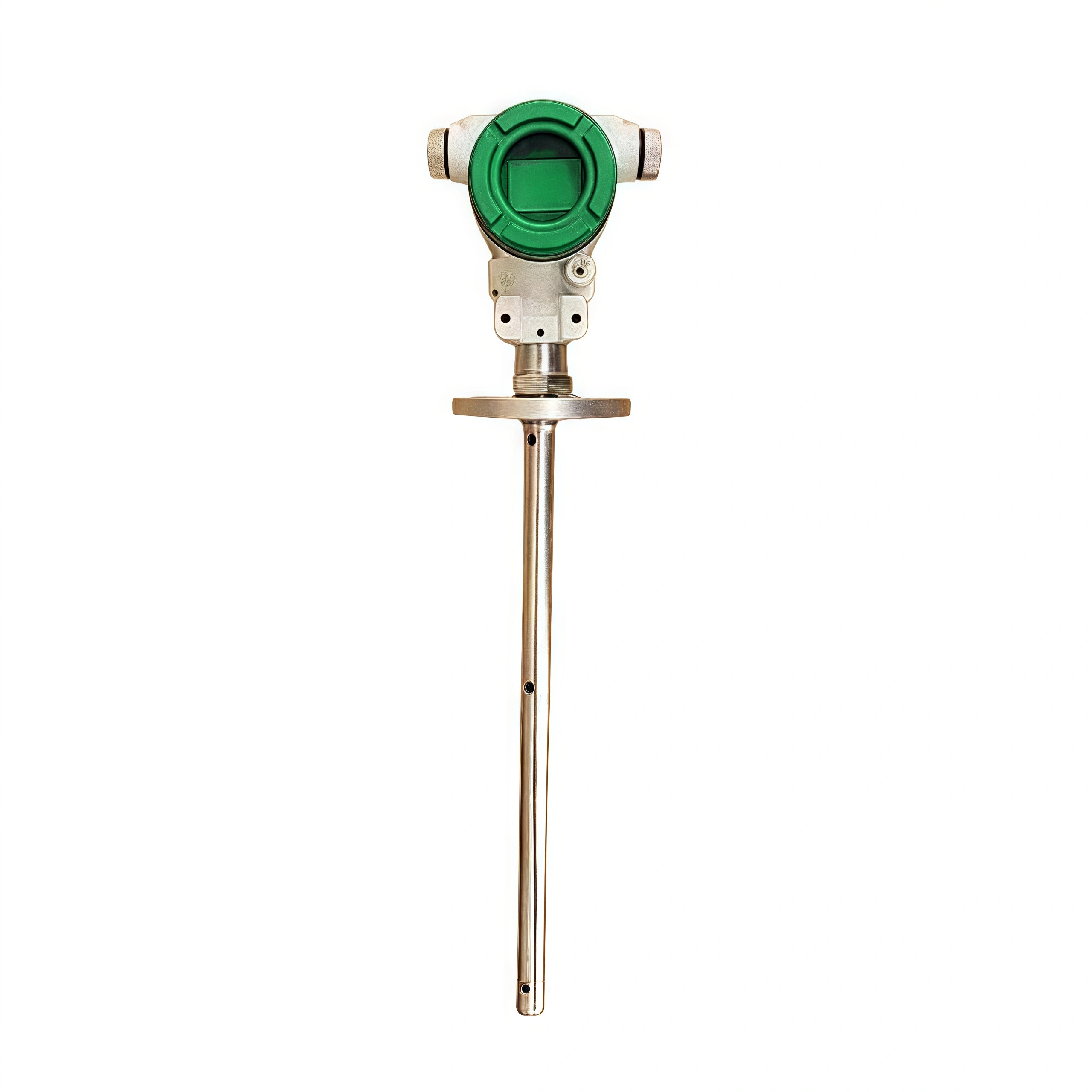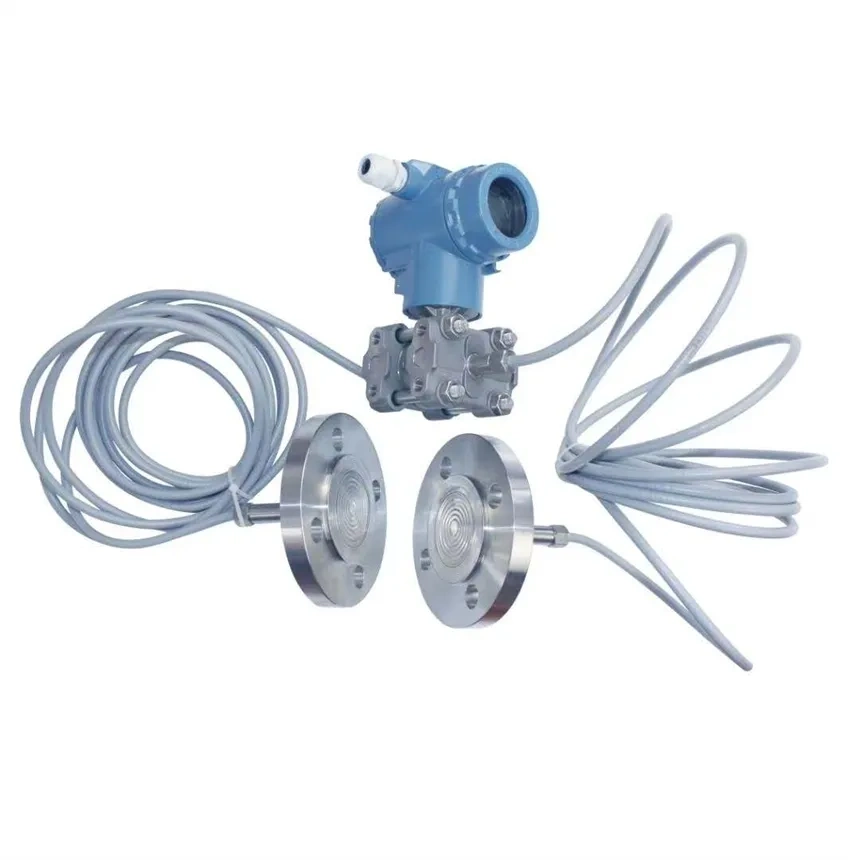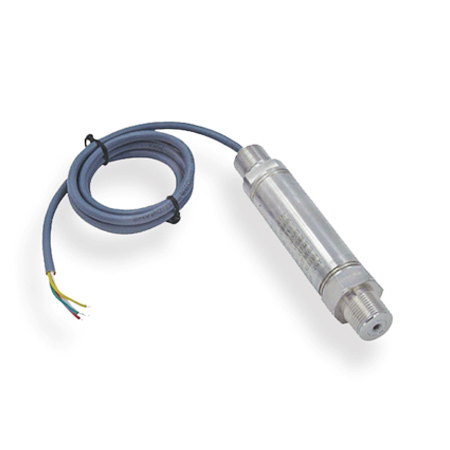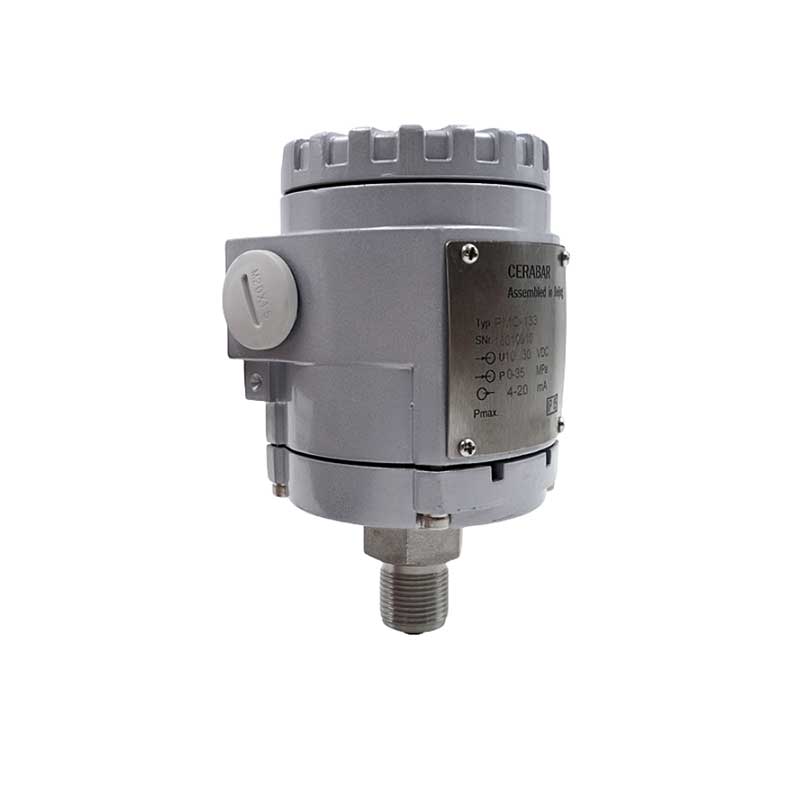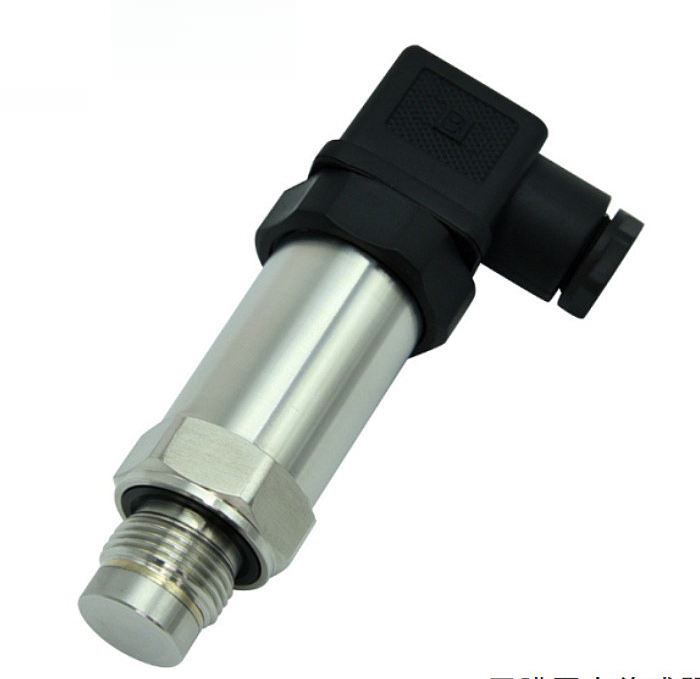Steam drives the industrial process and it is used in a variety of applications. Measuring steam pressure is difficult due to the high temperature nature of steam. Steam pressure is also a concern for equipment explosions and product quality.
The commonly used method of measuring steam is the use of steam pressure sensors, also known as steam pressure transducers and steam pressure transmitters.
This article focuses on measuring steam pressure using pressure sensors.
What is Steam Pressure?
Simply put, steam pressure is the force of steam squeezing a pipe. For example, the force that pushes up a valve when a pressure cooker sputters. The more steam there is in a closed container and the higher the temperature, the higher the pressure.
Steam pressure generally refers to gauge pressure, which is pressure data measured at atmospheric pressure, although in practice, atmospheric pressure is related to climate and altitude, and the value of atmospheric pressure that we usually use is: 1.01325 bar a (1 atm), which is an average pressure at sea level on Earth.
A pressure higher than atmospheric pressure is a positive gauge pressure; on the contrary, a vacuum or negative pressure indicates a pressure lower than atmospheric pressure, -1 bar g indicates an absolute vacuum. It can be seen that the difference between the gauge pressure and the absolute pressure of steam is the atmospheric pressure, i.e., gauge pressure = absolute pressure – atmospheric pressure
Steam pressure is essentially pressure. In the calculation of the steam container force analysis, the force generated by the steam is determined by the product of the pressure of the steam and the area of the force, which must be paid attention to.
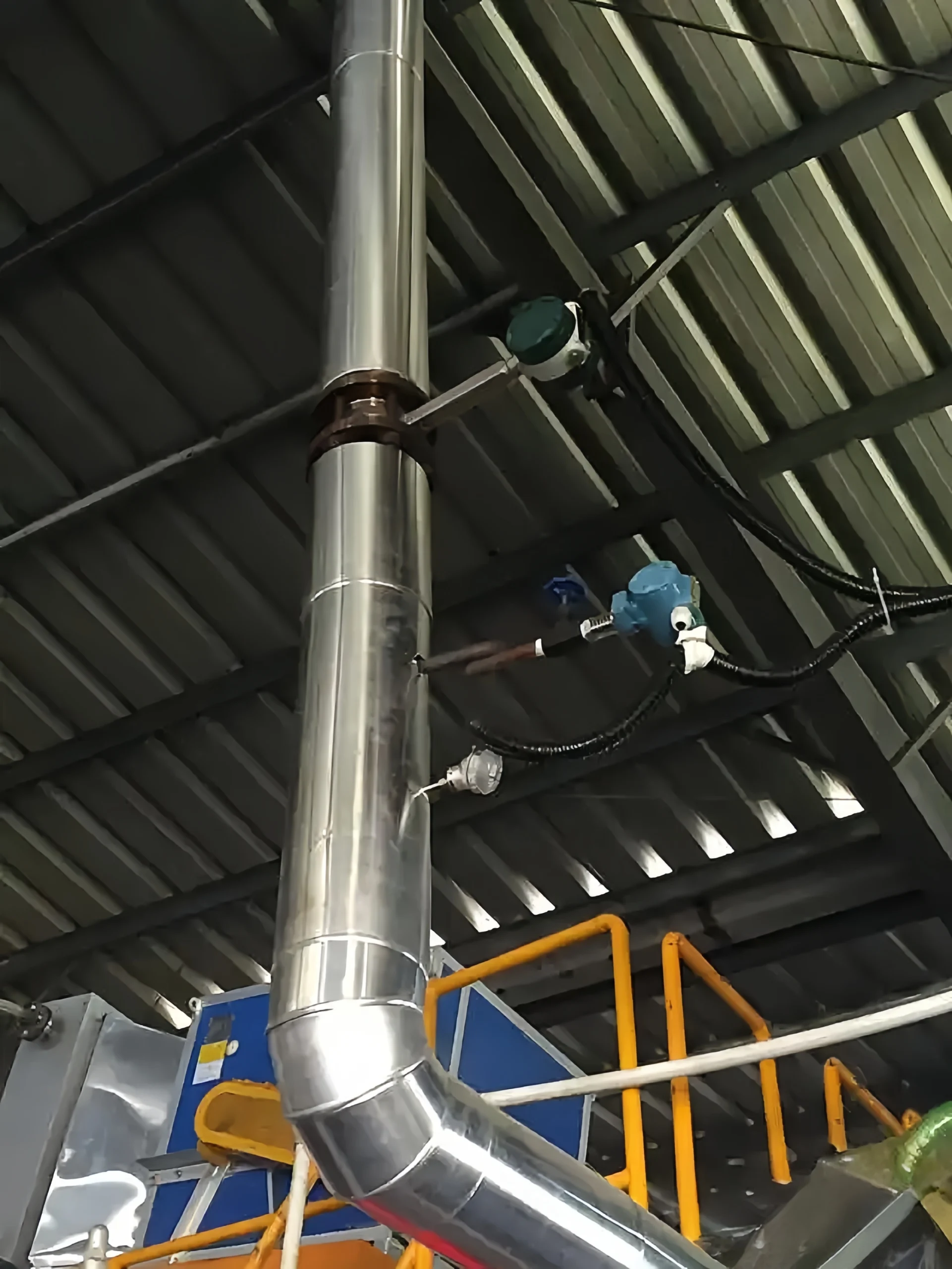
Applications of Steam
Steam is commonly used in both life and industrial processes, and it is primarily used in the following applications:
In the boiler of a power plant, steam pressure is needed to drive the turbine to generate electricity, so the measurement of steam pressure is crucial for power production.
In the chemical and pharmaceutical industries, the steam pressure inside the reactor will directly affect the reaction efficiency and product quality, and excessive pressure may lead to equipment damage or even safety accidents.
In food processing, steam is used for sterilization and cooking, and its pressure control is related to the taste and safety of food. Therefore, accurate measurement of steam pressure is a crucial link in ensuring production safety and improving process quality.
Autoclaves use saturated steam at high temperatures and pressures to sterilize medical devices, dressings, labware and more.
In centralized heating systems, steam pressure is needed to propel steam to the various places that need to be heated.
Steam turbines may be used for propulsion and auxiliary power systems on large ships.
In short, as long as there is steam generation, delivery or use of the place. It is inseparable from the measurement of steam pressure. It is an important factor in ensuring safety, improving efficiency, quality assurance and realizing automatic control.
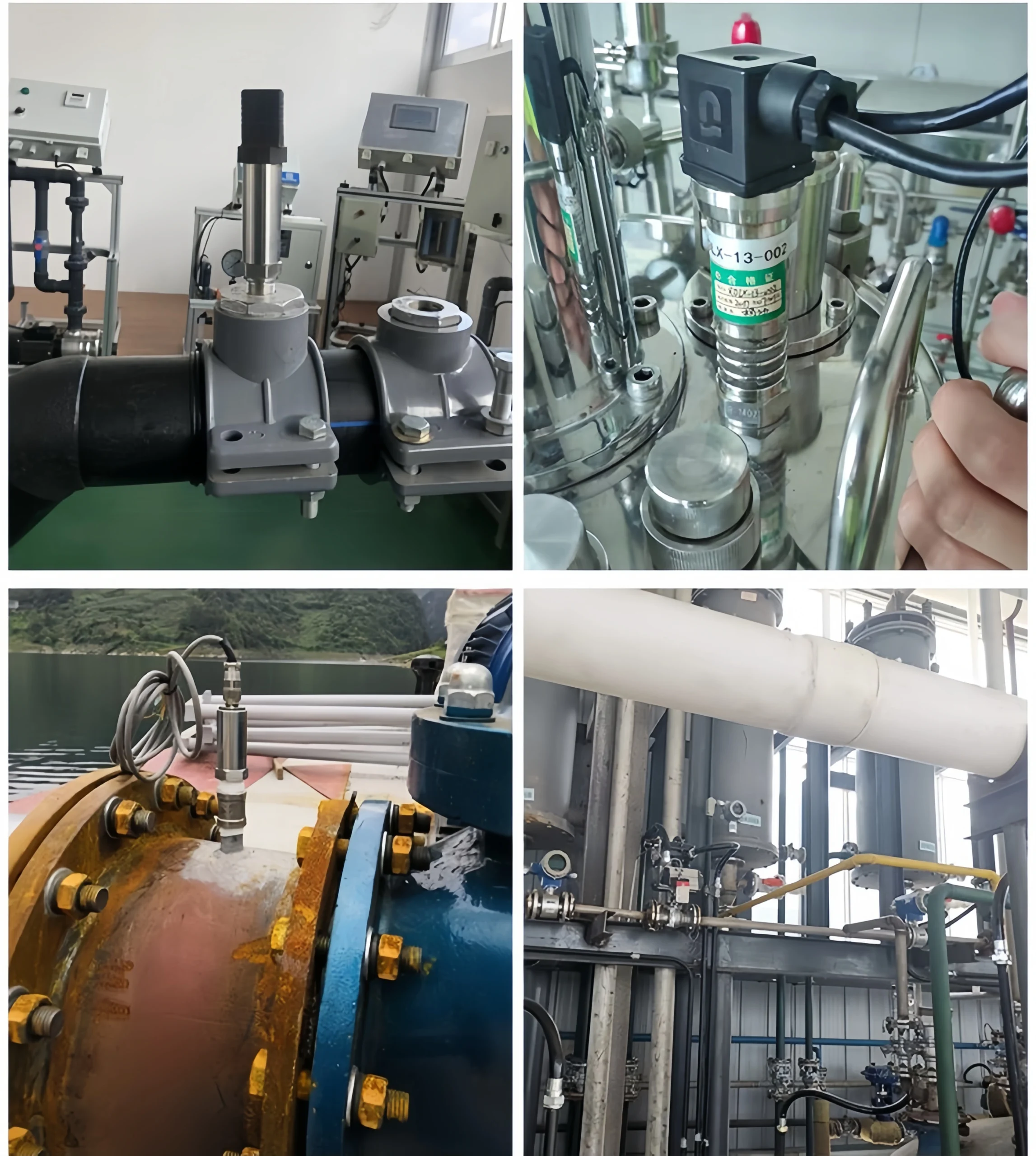
Why Measure Steam Pressure?
Steam pressure control is critical. This is reflected in the following aspects:
1. Measuring steam pressure prevents explosions from occurring when steam pressure is too high, thus ensuring the safety of life and property and reducing the number of accidents.
2. Accurate control of steam pressure enables precise control of process temperature/flow rate and reaction rate, etc.
3. In the field of food processing, appropriate steam pressure can ensure that the sterilization temperature and sterilization time meet the standards to ensure product quality.
4. Reasonable control of steam pressure prevents damage to equipment due to excessive steam pressure in the vessel.
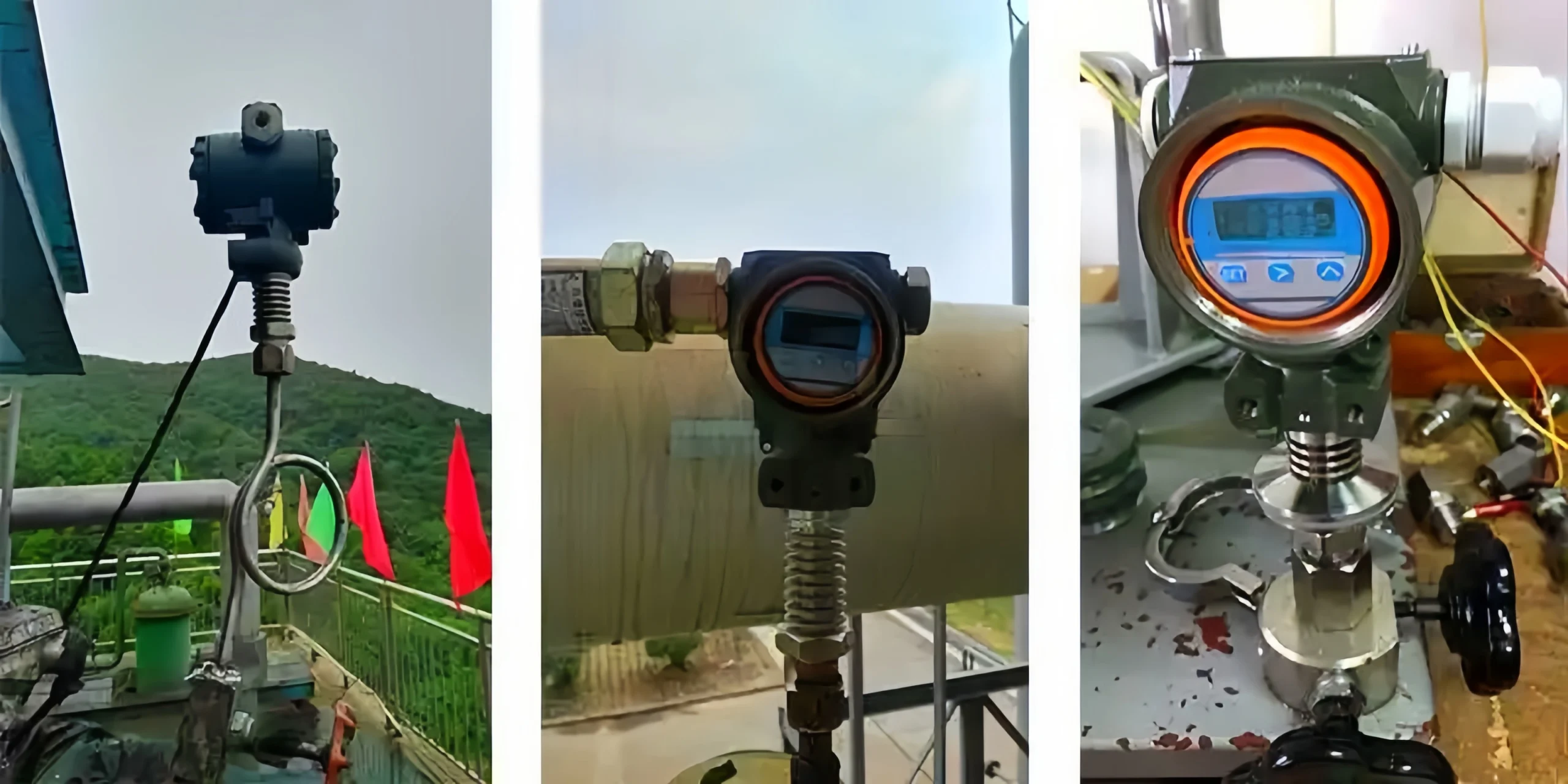
Difficulties in Measuring Steam Pressure
Steam has many limitations in measurement due to its high temperature and gaseous properties. Some steam is corrosive, which also makes steam measurement difficult.
1. The high temperature of steam can cause damage and deformation to ordinary sensors. For this reason, it is necessary to select Sino-Inst’s special high-temperature steam pressure sensors.
2. In some places where there are valves, the sudden closing of the valve can have a tremendous impact on the sensor. In this case, it is necessary to select a steam pressure sensor made of impact-resistant material.
3. When hot steam becomes water droplets when it is cold, the droplets may cause inaccurate measurement results.
4. Some steam contains corrosive chemicals. Therefore, it may cause some pressure sensors made of stainless steel to corrode and rust. At this time, we can choose Hastelloy, Monel and other corrosion-resistant material pressure sensors.
5. The location of the installed steam pressure sensor will also affect the accuracy of the measured pressure. The pressure measured at the top of the pipe is the air pressure, while the pressure measured at the side of the pipe is the steam pressure.
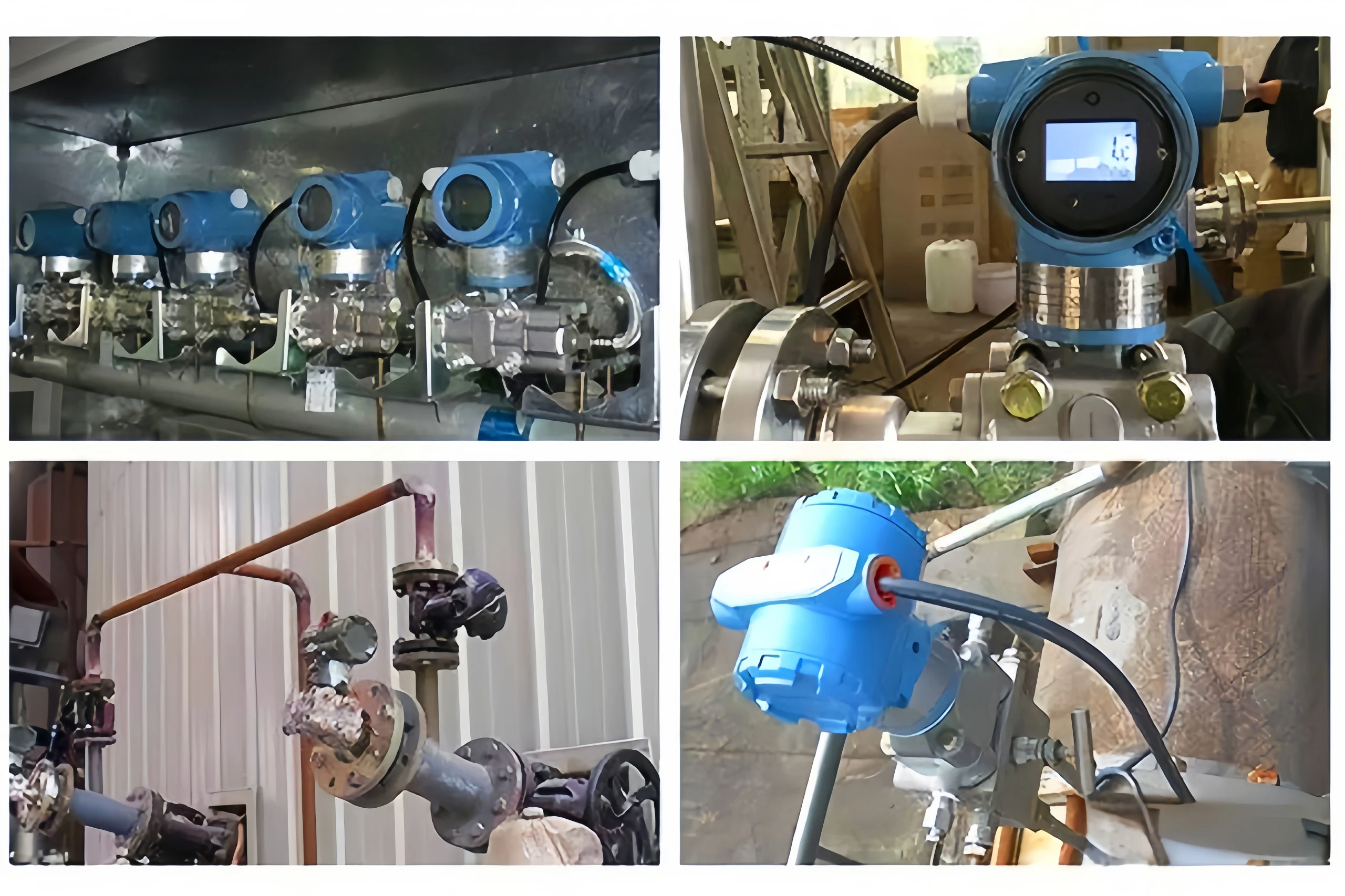
Methods of Measuring Steam Pressure
There are many ways to measure steam pressure. The most common method is to select a steam pressure sensor that is suitable for your application.
Steam pressure sensors typically use the piezoresistive principle, where an internal core element senses the pressure and a circuit converts the pressure signal to an electronic or analog signal.
The following are the specific steps for using a steam pressure sensor
1. Select a steam pressure sensor that is suitable for the operating conditions. If the steam pressure is very high, then select a high-pressure type steam pressure sensor. If the steam contains corrosive chemicals, select a corrosion-resistant steam pressure sensor, such as a PTFE pressure sensor.
2. If the steam temperature is very high, you can install a radiator in front of the sensor to reduce the temperature of the steam to a reasonable range before measuring its pressure.
3. Ensure that the steam pressure sensor is properly installed. Generally, we install the steam pressure sensor on the side of the vessel. This avoids condensate at the top and impurities at the bottom. The steam pressure sensor should be oriented vertically upwards to prevent water accumulation.
4. A buffer valve should be installed where there is a violent impact of steam.
5. The pressure sensor should be maintained regularly and calibrated periodically to prevent measurement errors. Clean the sensor port regularly to prevent clogging.
6. If the pressure sensor has a problem that cannot be solved, you should consult a professional at this time.
Sino-Inst Featured Pressure Sensor
How to Choose a Suitable Steam Pressure Measuring Instrument
When selecting a pressure measuring instrument for a steam system, there are three key elements to focus on: operating characteristics, accuracy requirements, and long-term cost. Once these three points are grasped, the selection will be less prone to deviation.
The following details the specific considerations.
First, look at the working environment
steam temperature and corrosivity is the first pass. If the steam temperature exceeds 150 ℃, such as power plants or chemical pipelines in a common situation, you have to be equipped with cooling devices, such as a serpentine condensate tube or a capillary cooling system. Their function is to reduce the temperature of the medium that the sensor is actually in contact with to a suitable range; otherwise, the sensor is prone to drift or even damage due to the high temperature.
If the steam contains corrosive components such as chlorine ions and acids, such as in pharmaceutical sterilization or chemical reaction processes, you have to choose an instrument with a special construction. An all-welded structure with a ceramic piezoresistive core plus a Hastelloy diaphragm is recommended, which prevents the seal from being corroded and thus prevents leakage.
There are also scenarios with strong vibrations, such as boiler outlets, where instruments with a chamberless flat membrane design are more suitable. It can resist mechanical shock, unlike traditional diaphragms that are easily ruptured due to vibration fatigue.
Second, the accuracy and range to match the actual needs
The selection of accuracy depends on the specific scene, safety monitoring and costing requirements are not the same.
Like boiler overpressure protection, such as safety interlock systems, the error must be controlled within ± 0.5% full scale (FS). For steam trade settlement, the error must be ≤ ± 0.1% FS, in this case, it is recommended to choose the laser calibration of the diffusion silicon sensor.
There is a “1.5 times rule” for range selection. For example, the working pressure is 0.6MPa, then the best range is 0-0.9MPa.
Third, the hidden cost of installation and maintenance can not be ignored
The installation method has a great impact on the long-term stability of the instrument. Condensation can easily accumulate high up in the pipeline, which can lead to zero point drift. The correct practice is to install the sensor interface vertically upward on the side wall of the pipeline, and at the same time at the lowest point of the drain valve.
Signal transmission is also a good idea. Use shielded twisted-pair cable for separate wiring in areas prone to interference, and avoid running in parallel with motor cables.
Maintenance costs are often underestimated. While ordinary sensors need to be calibrated every 3 months, some self-diagnostic sensors can be calibrated for up to 6-12 months.
What is the Unit of Steam pressure?
We know that in theory the unit of pressure is Pascal (Pa), defined as 1 Newton per square meter (1N/m2), but since the Pascal unit is too small, the unit usually used in steam engineering is KPa or MPa, for ease of measurement and calculation.
In Europe, the unit of pressure measurement in steam engineering is usually meters. In European engineering, it is customary to use the metric unit for pressure measurement in steam engineering, which is bar; 1 bar is equal to 105N/m2, which is approximately equal to 1 atmosphere.
In addition, in the U.S. or American standards, it is customary to use units such as lb/in2 (psi), kg/cm2, water column and mercury column, which are also easy to convert.
Usually, there are some simple conversions in steam engineering. 1 kg/cm2 is approximately 1 bar, 1 bar is approximately 100 KPa, and 1 MPa is approximately 10 bar. 1 bar is approximately 15 psi.
What is the Unit for Steam Flow?
1. The unit of steam flow is usually expressed in kilograms per hour (kg/h) or cubic meters per hour (m³/h). 1 kg/h of steam flow is equal to 1 cubic decimeter per hour, or 0.001 m³/h. 2.
2. In industrial control systems, such as DCS (Distributed Control System), flow measurements can be corrected by compensation for temperature and pressure to obtain a more accurate volumetric flow rate. For example, for nitrogen, the flow relationship is kg/h = 22.4 / m³/h, i.e., 1 kg nitrogen is equivalent to 0.8 m³.
What is the instrument used to measure steam flow?
Steam is mainly measured by orifice plate, vortex flowmeter and so on, among which the vortex flowmeter is more common.
In short, steam pressure sensors are the best choice for measuring steam pressure. Sino-Inst is a steam pressure supplier from China.
We supply dozens of pressure sensors, so we can adapt to a variety of complex working conditions. We have a comprehensive after-sales service system, so we are highly regarded in the international environment.
If you need to purchase a steam pressure sensor or have questions related to steam pressure measurement, please feel free to contact us.

